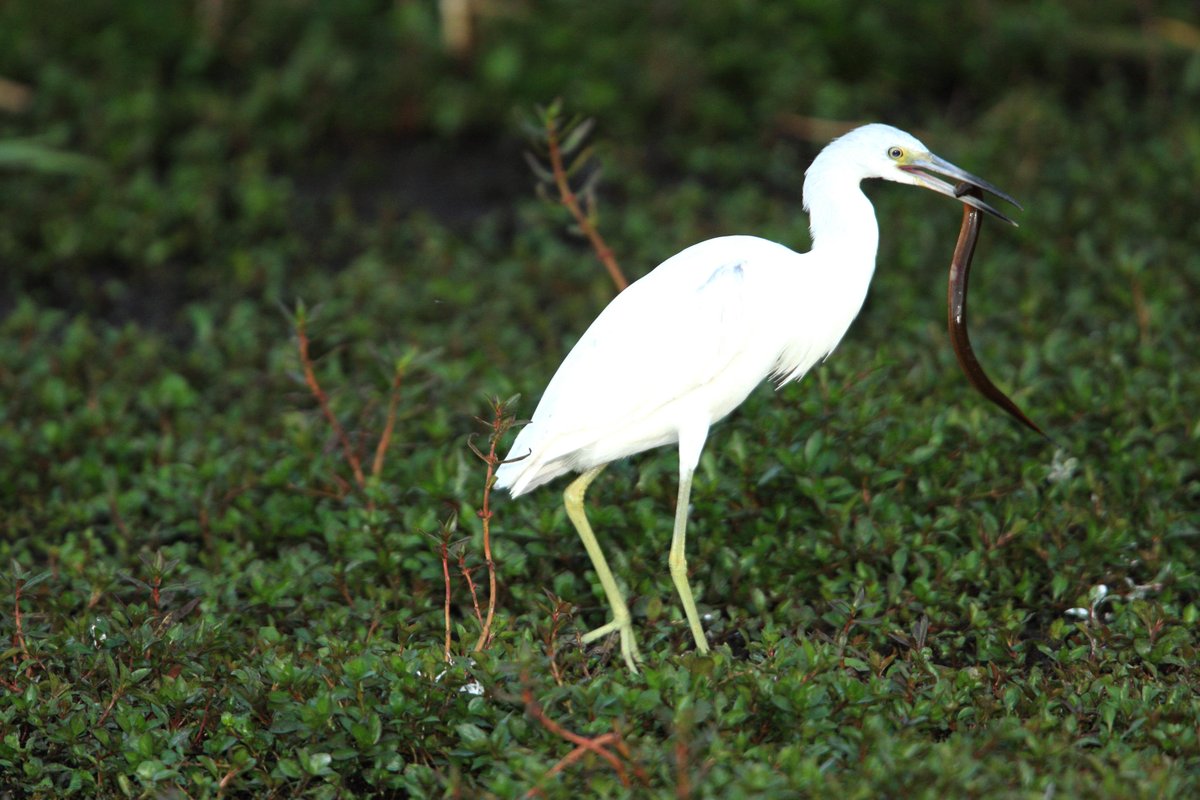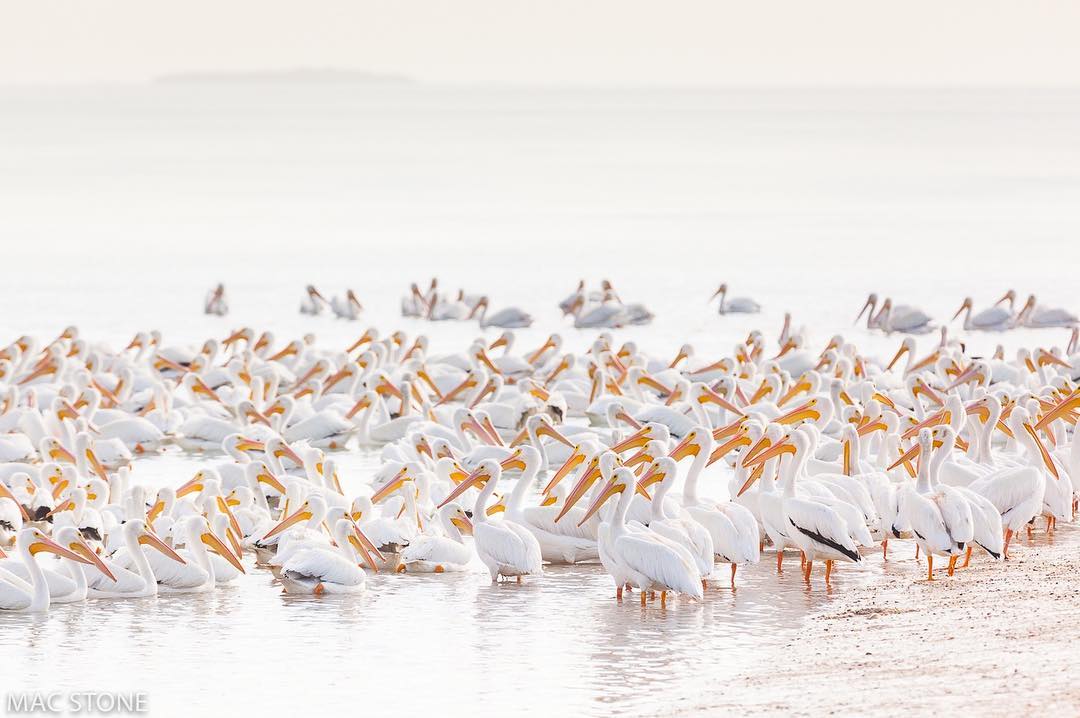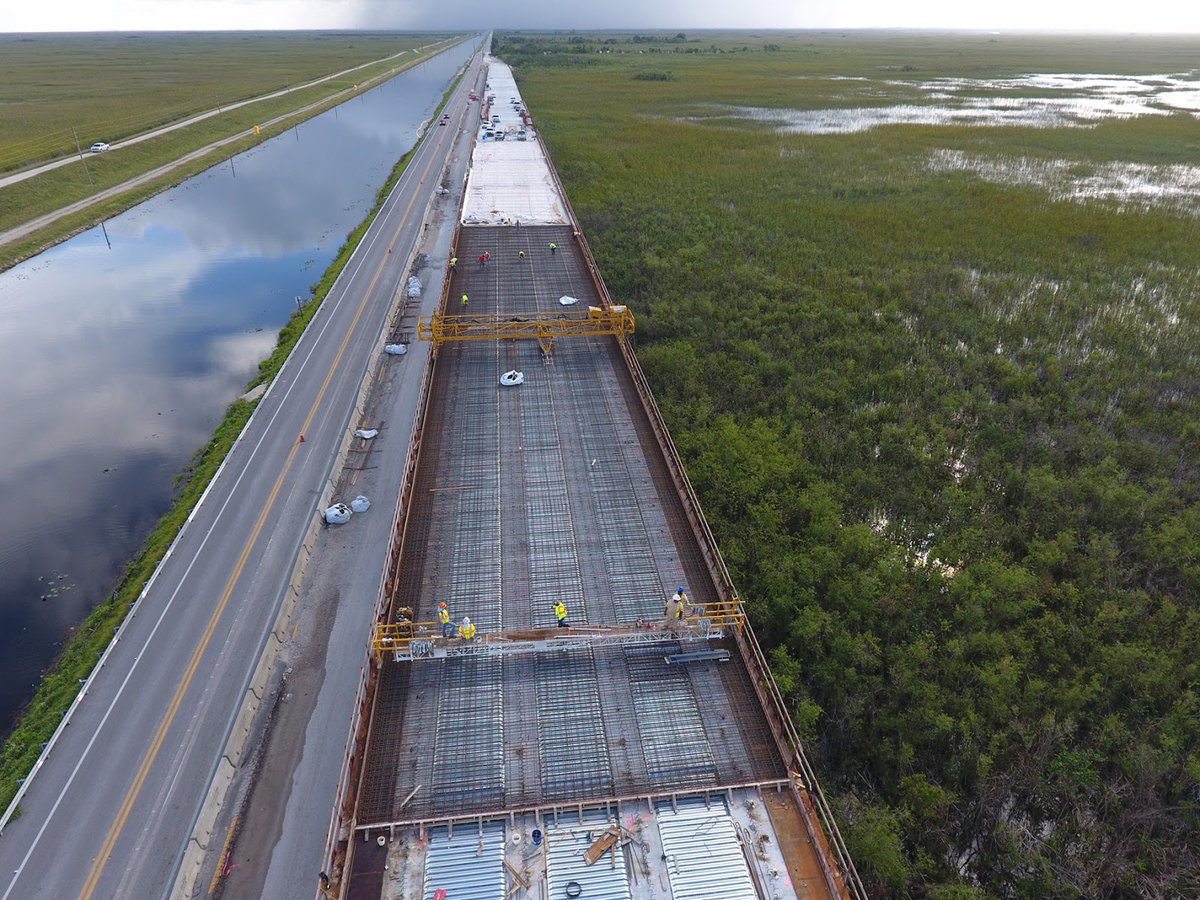
It’s National Invasive Species Awareness Week and today we're highlighting one invasive species in the Everglades that some people might not be too familiar with.
Photo by Kevin Sunderland
Photo by Kevin Sunderland

The Asian swamp eel (Monopterus spp.) is a drought-resistant fish which was first found in Florida in 1997 and a population found in a canal in Homestead Florida in 1999.
By 2007, the species had spread from the canal system into the southern Taylor Slough area of the park.
Photo by USFWS/John Galvez
Photo by USFWS/John Galvez

Since that time, the species has spread throughout the Everglades, became particularly abundant in the Taylor Slough area and has decimated some crayfish and small fish populations, which are a major food source for wading birds.
A study (Pintar et al. 2023 in the journal Science of The Total Environment; doi.org/10.1016/j.scit… ), showed that after swamp eels became abundant in Taylor Slough in 2012, populations of two crayfish species (Slough crayfish & Everglades crayfish) collapsed by more than 95 %.
Although we don't yet know if a similar impact will occur elsewhere in the Everglades where the swamp eel has established, these observations are concerning, and demonstrate the potential threat invasive species can have to ecological dynamics.
Like all invasive species, the swamp eel has the potential to disrupt natural ecosystems and displace native wildlife.
Everyone can do their part to keep invasive species, like swamp eels, out of the Everglades.
Never release a pet, live food, (fish/organism), baitfish, or other captive animal into the wild.
Never release a pet, live food, (fish/organism), baitfish, or other captive animal into the wild.
Please report any invasive species sightings (using the "IveGot1" app, by visiting IveGot1.org, or by calling 1-888-Ive-Got1), and finally, share this information with someone else!
#NationalInvasiveSpeciesAwarenessWeek #InvasiveSpecies #Everglades #EvergladesNationalPark #NPS #FindYourPark #EncuentraTuParque
• • •
Missing some Tweet in this thread? You can try to
force a refresh









